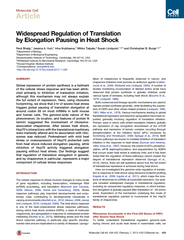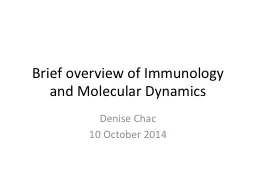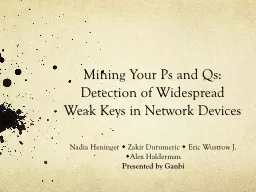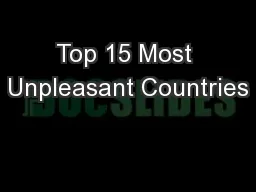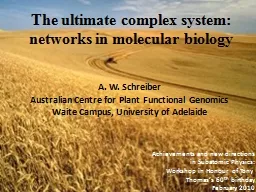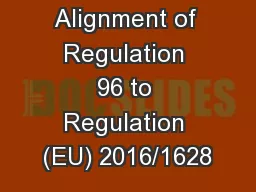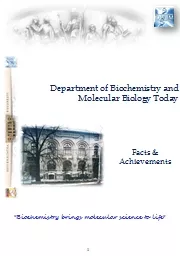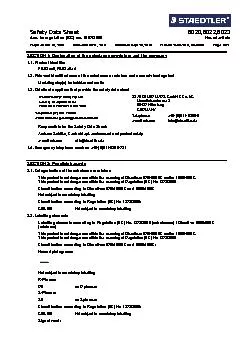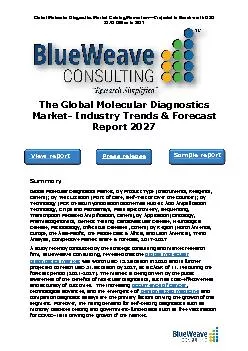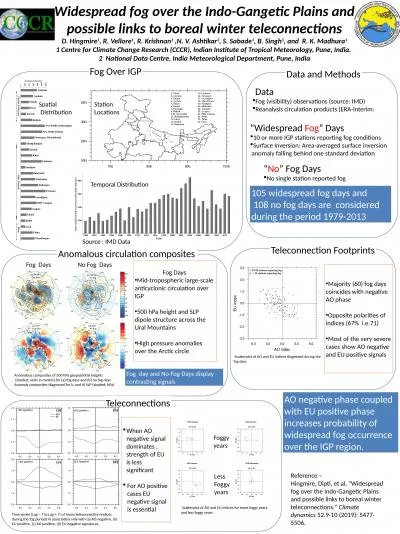PDF-Molecular Cell Article Widespread Regulation of Transl
Author : natalia-silvester | Published Date : 2015-06-07
Hurt Irina Krykbaeva Mikko Taipale Susan Lindquist and Christopher B Burge Department of Biology Department of Biological Engineering Massachusetts Institute of
Presentation Embed Code
Download Presentation
Download Presentation The PPT/PDF document "Molecular Cell Article Widespread Regula..." is the property of its rightful owner. Permission is granted to download and print the materials on this website for personal, non-commercial use only, and to display it on your personal computer provided you do not modify the materials and that you retain all copyright notices contained in the materials. By downloading content from our website, you accept the terms of this agreement.
Molecular Cell Article Widespread Regulation of Transl: Transcript
Download Rules Of Document
"Molecular Cell Article Widespread Regulation of Transl"The content belongs to its owner. You may download and print it for personal use, without modification, and keep all copyright notices. By downloading, you agree to these terms.
Related Documents

